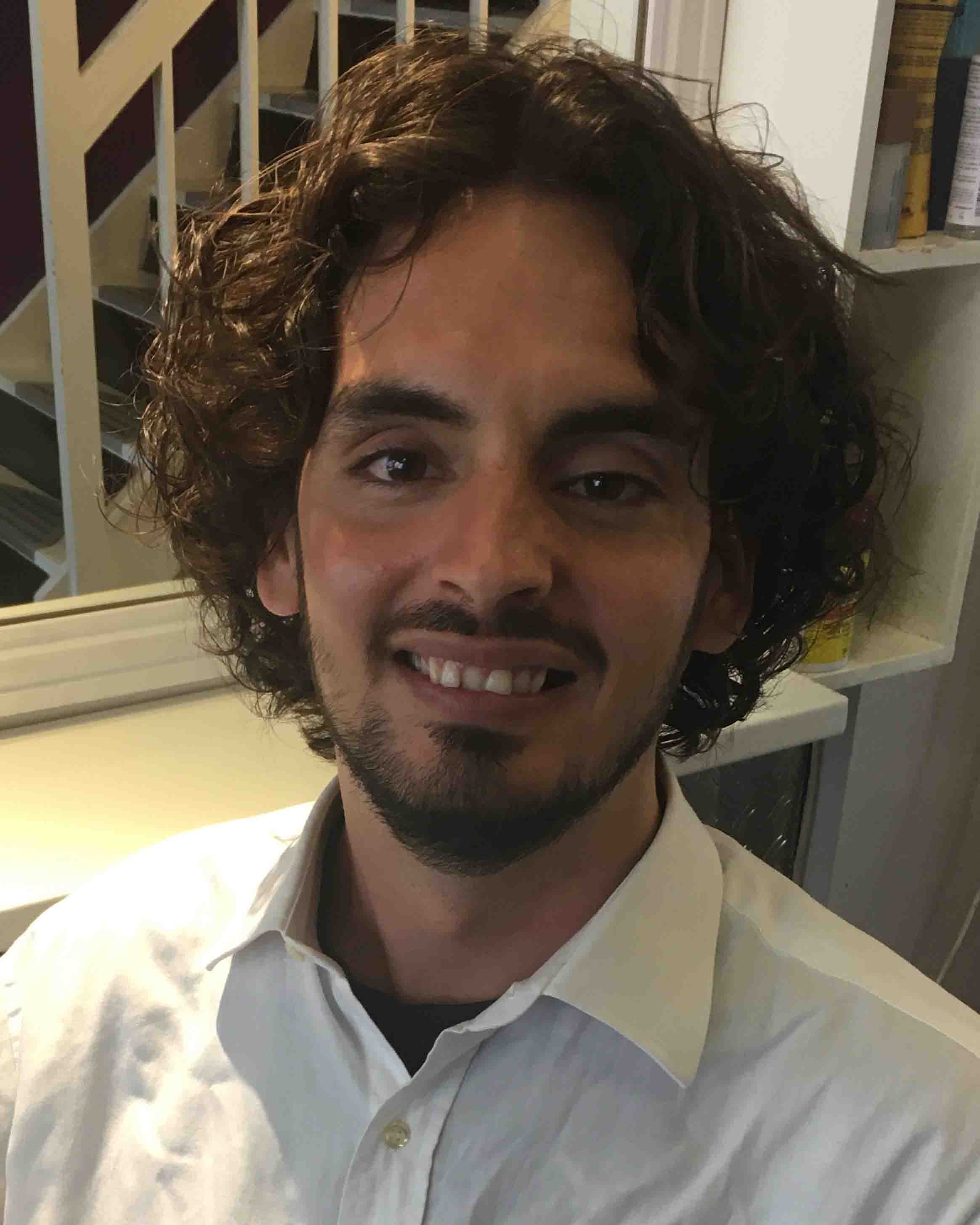Yan Vogel awarded the young author prize from the international society of electrochemistry
The Oronzio and Niccolò De Nora Foundation Young Author Prize is awarded annually to a scientist of less than 30 years for the best paper of the year published in a journal of the international society of electrochemistry.
The merit of this prize lies in an idea developed during his PhD studies for the confinement of chemical reactivity at a precise location and time. The principle underlying the idea is easy to understand; they use a light beam focused at a precise location on a silicon wafer immersed in a solution. The light creates charge-carriers so that they can induce a chemical reaction where the beam hits the surface. They demonstrated this principle could be used as a lithography technology and for microscopy and sensing devices, which led to a series of articles.
The specific article that received the award demonstrated the use of this principle to create transient arrays of microelectrodes. Microelectrode arrays are devices broadly used for chemical and biological analyses. However, microelectrode arrays are not free from constrains: a considerable amount of space is lost between conductive pads or to fit bonding wires and, most importantly, the geometry of the array is fixed and predetermined by a choice made prior to the experiment. Instead, they use light to create in-situ a localized electrical connection between the semiconductor surface and the solution to be analyzed. Because light is used to make the electrical connections no space is lost, and the array geometry is defined in-situ with the use of a microprojector that localizes light beams with micrometer resolution on the semiconductor surface.
“I am thrilled to be selected; it is always gratifying to see that years of hard work are being recognized and acknowledged by my research community, especially when it is at international level. However, I am also mindful that many others are also well-deserving, so it is humbling. These awards do not come by accident, people need to write letters of support, so I am very grateful for all my friends.
I will collect the prize in the next Annual ISE Meeting, which will be in 2022 in Xiamen (China). The prize consists of 2000 USD, which includes a contribution towards travel expenses to the Annual ISE Meeting.”
Yan Vogel is an SNSF Postdoc Mobility Fellow working with Prof. Arjan Houtepen and the NCFun group. His research within the team focuses on the study of electron transfers within quantum-dots – molecular-acceptor dyads. Quantum-dots are very tiny – few nanometers – semiconductors, and a molecular-acceptor is a molecule that is willing to take an electron. When you link the two you make a dyad. These dyads could be quite efficient in converting light energy into chemical and electrical energy, a particularly interesting idea if one thinks that we get enough light energy in an hour to power the entire planet population for a year at zero greenhouse gas emissions. Too good to be true? Well, the pitfall here is that there are efficiency losses which make this process of energy conversion cost intensive. An important loss occurs in the electron transfer step, whose mechanism we do not fully understand, and they hope to unravel.
